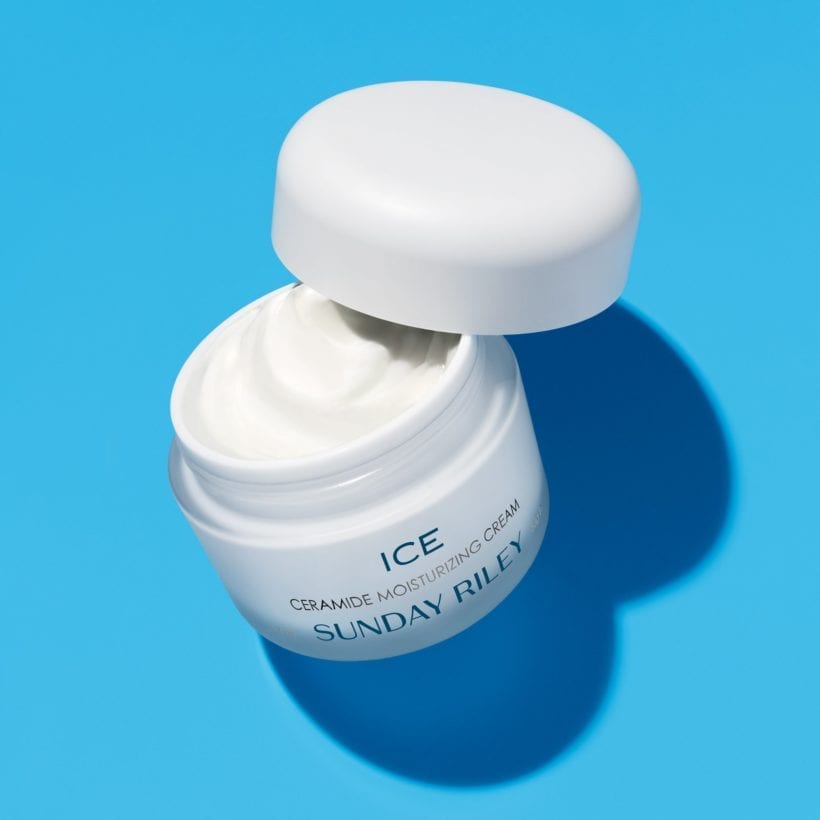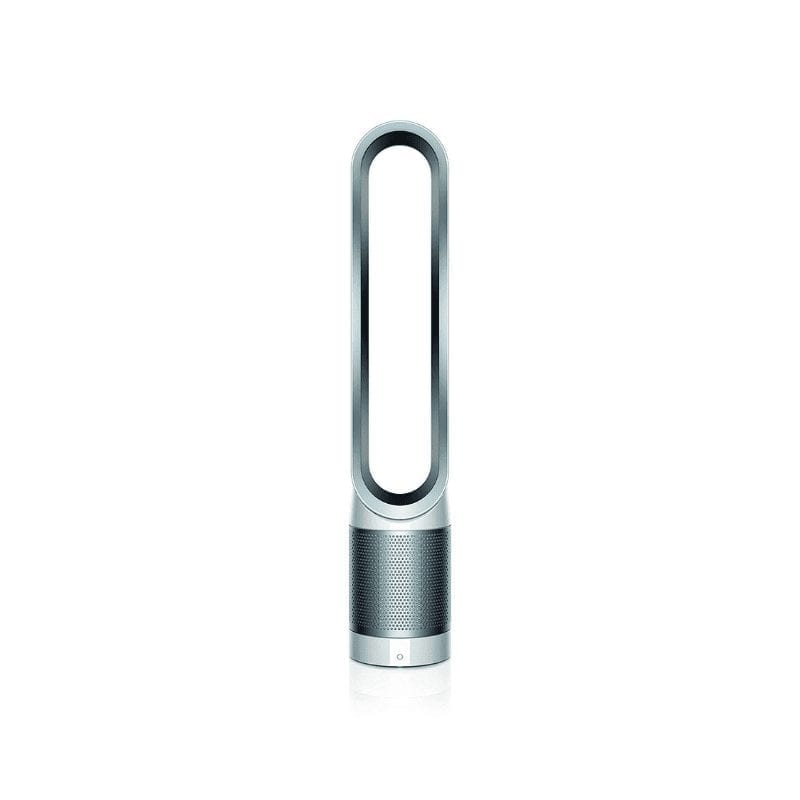When the weather changes, so do the issues that our skin faces on a daily basis. More specifically, fall brings an influx of colder, drier air — which prompts us to turn our heaters on, making indoor air just as dry. “It is important to adjust our skincare routine during this transition to prepare our skin for the harsh winter climate and to help our skin repair itself from any summer damage,” explains board-certified dermatologist Holly Hanson.
To help, we are sharing some of the best expert-backed ways to adjust your skin care routine for the colder months ahead. Here, your fall body care checklist:

Turn the dial down
As wonderful as a piping hot shower on a frigid day might feel, taking long showers in steaming-hot temperatures can dry out your skin. “Hot water may feel nice in the fall and winter, but [it] removes moisture from the skin and causes [the] release of histamine, which can lead to itching,” Hanson explains. Additionally, “very hot water strips our skin barrier of its healthy bacteria, [or] microbiome,” says board-certified dermatologist Whitney Bowe. The simple fix: Adjusting the water temperature. In the fall months, when the skin is already more prone to drying out, keep your shower time short and turn the dial down to lukewarm water temperature.
Do Not Skimp on Sunscreen
“As we transition from summer to fall, the humidity in the air and the temperature goes down, however, sunlight exposure remains high,” Hanson explains. So, “although summer is over, don’t put away the sunscreen,” advises board-certified dermatologist Susan Bard. “The sun feels less intense, [but] those UV rays are still beaming down, even through [the] clouds.” Stick with the same sunscreen you have been using throughout the summer (ideally SPF 30 or higher) and apply it onto areas of the body that are exposed. Of course, you do not need to apply sunscreen to parts of the body that will be covered by your clothes — but everywhere else (face, neck, hands) is fair game. Even if you are not planning to be outside, your hands will likely still be exposed to UV rays when you are in the car driving, so slather on SPF every single day, regardless of what your schedule has in store.
Choose the Right Moisturizer and Use It Often
Colder, dryer air means inevitably dryer skin, so you will want to invest in the right body moisturizer and use it often. “As temps get cooler and the air gets drier, do increase the frequency of your moisturization routine, but a thicker moisturizer isn’t necessarily better,” Bard explains. Since thick, emollient moisturizers can potentially clog pores (and lead to folliculitis or milia), your best bet is to “stick with lighter humectant-based moisturizers that contain ingredients that pull water into the skin, like hyaluronic acid or glycerin,” Bard says. Bowe offers a similar sentiment, advising to “look for ingredients like hyaluronic acid and ceramides, which help to lock in moisture.”
Do not forget to run your humidifier to ensure your skin and mucous membranes start drying out.
Apply Your Moisturizer at the Ideal Time
Hanson says to apply your body moisturizer “within three minutes of getting out of the shower,” which “will help lock in the moisture that is left on the skin from showering.” The same goes for your hands. “Hands tend to dry out more during the colder months due to decreased humidity in the air and frequent handwashing,” Hanson says. “Immediately apply moisturizer after hand-washing … every time.”
Another prime time to apply moisturizer is at nighttime. “Applying moisturizer to hands before bed helps to moisturize overnight,” Hanson says. One of the best ways to really lock in said moisturizer, especially for those with extra dry skin, is by putting on a pair of socks and gloves over top while you sleep.
Invest in a Humidifier
Plummeting outdoor temperatures also mean that we’ll be cranking up the heat indoors, which means that your skin will be facing dry air both indoors and out. Adding moisture to the air inside your home or office via a humidifier is a great way to help keep your skin moisturized while you’re at home, work and even asleep. “Don’t forget to run your humidifier to ensure your skin and mucous membranes — eyes, lips, nose — don’t start drying out,” Bard recommends.
Watch What You Wear
Ever heard of itchy-sweater syndrome? In some cases, it can become more serious than just an itch. “Certain people with sensitive skin have difficulty wearing wool and can develop irritation or contact dermatitis while wearing [it],” Hanson explains. “My tip to prevent this would be to avoid wool fabric and stick to cotton or synthetic fabrics close to the skin.” If you must wear your favorite wool sweater, Bard recommends also wearing a “barrier” layer (such as a cotton tee) in between sweater and your skin.
Find the Right Foot Cream
When dry skin builds up on the feet during the cold winter months, the resulting calluses can not only be unwanted — oftentimes, they’re also painful. To prevent your heels from drying out and cracking, use a foot cream that contains “exfoliating ingredients such as urea or lactic acid,” Hanson recommends.
Exfoliate Less Frequently
During the colder months of the year, you would also be wise to scale back on exfoliation — not altogether but just do so less often. This is because “over-exfoliating in the fall can create microscopic injury to the skin’s natural moisture barrier, which can set your skin up for sensitivity, dryness and rashes in the winter,” Hanson explains.
Lastly, if you experience more serious skin issues that arise or flare-up during the colder months — such as eczema or psoriasis — always consult a board-certified dermatologist who can put together a personalized plan of action.














